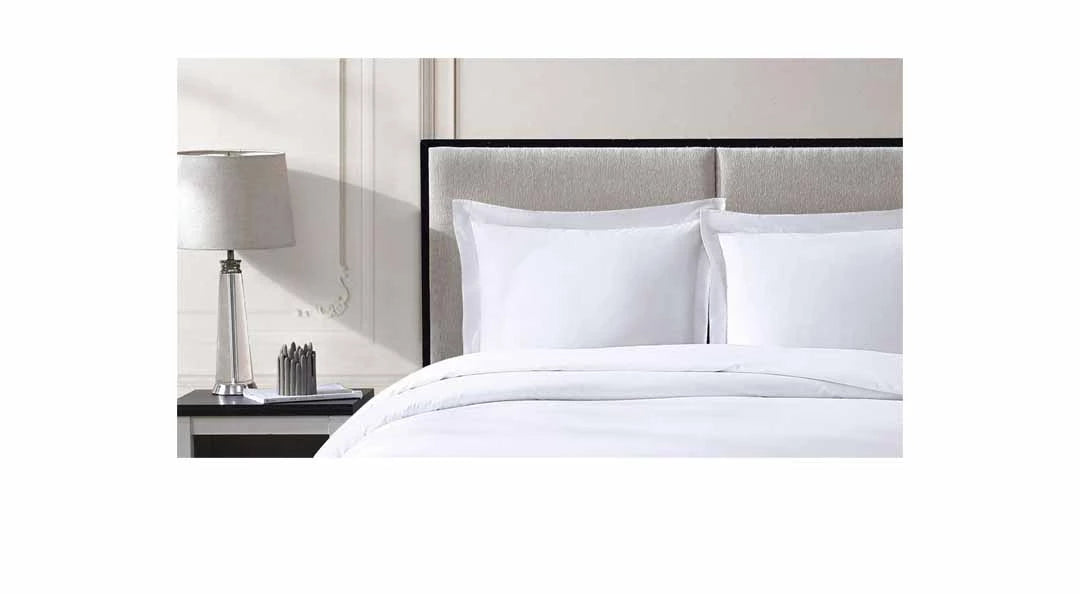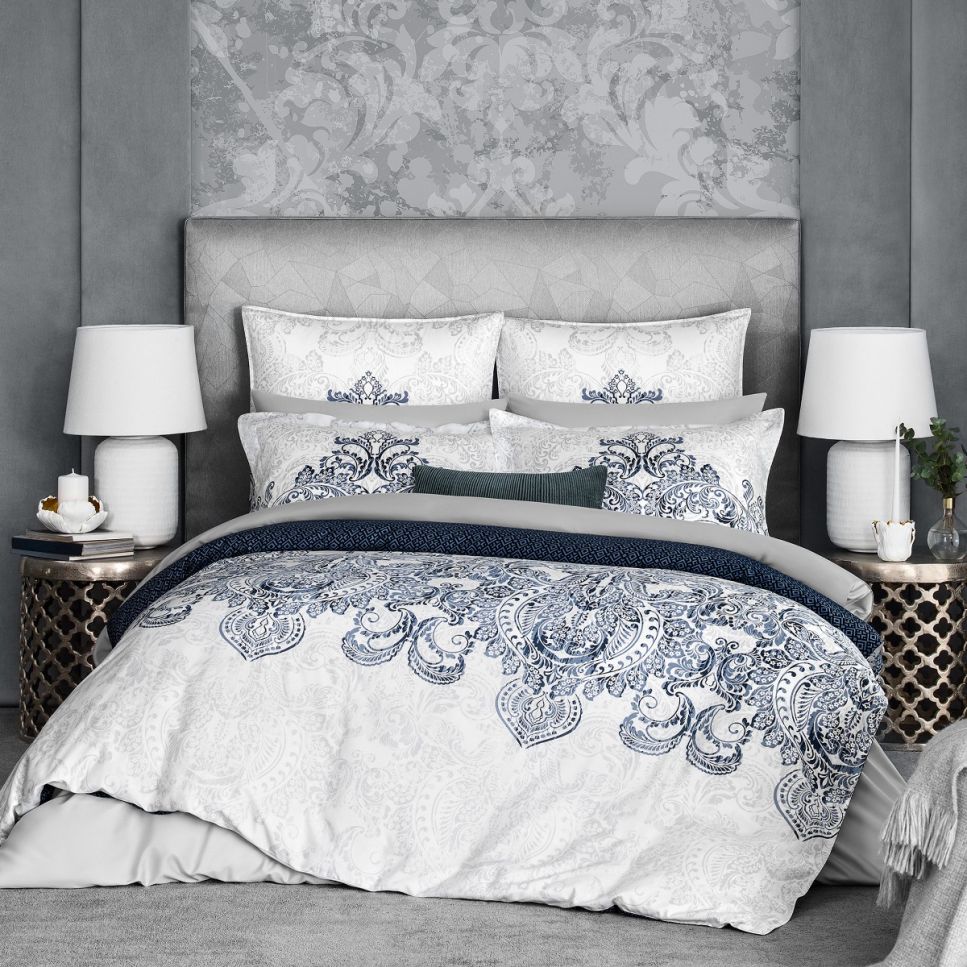Complete History Of Bedding- Lastest Bedding
When we hear "bedding" what crosses our minds first is "sleep" if not "comforter". Laying on a well-laid mattress with a clean bed sheet, pillows with a good bounce, and a cozy duvet can provide proper neck and head alignment, ensuring a comfortable and responsive sleep surface. In a real sense, bedding refers to the components and accessories that make a bed cozy, attractive, and pleasant. However, the early made use of natural materials like leaves, grass, straws, animal skin, pallets, and hammocks. They slept on hard floors in grass or leaves as their mattress and animal skin as their duvet cover for warmth. The materials used are based on the availability of resources.
How has bedding evolved?
Given that humans have always desired comfort and security while sleeping, bedding has a long history. Over time, bedding has changed due to a variety of influences, including cultural customs, technological improvements, and the availability of materials.
Ancient Times
Simple materials like leaves, grass, and animal skins were once utilized by early humans to make bedding for insulation and ground protection. The highly evolved Egyptian society produced more affluent bedding. Raised wooden or stone beds were utilized by the Egyptians, who embellished them with beautiful mattresses made of straw, reeds, or feathers. Materials like wool, cotton, or palm leaves were used to make beds. To add comfort, they were frequently stuffed with straw, feathers, or reeds. In Mesopotamia, beds were frequently elevated and supported by woven straps on wooden frames. However, linen sheets were used to cover these mattresses. Similar bedding was utilized in Greek and Roman cultures, such as straw-filled beds wrapped in fabric or animal hides.
Medieval Period
Bedding became more widely available to the ordinary populace during the Middle Ages. While wealthier people had more opulent bedding, such as feather beds, common people frequently slept on sacks filled with straw or hay. Mattresses were frequently stuffed with hay or straw in medieval Europe. People from all social classes could obtain these natural materials because they were widely available and reasonably priced. The hay or straw was frequently spread directly on wooden bed frames or platforms inside of a cloth sack.
During the Middle Ages, feather bedding gained popularity among the affluent. Mattresses, pillows, and even cushions have all been filled with feathers, such as down. Compared to straw or hay mattresses, feather-filled bedding offers a softer and more opulent sleeping surface. Canopy beds gained popularity in the medieval period. These beds had a gorgeous canopy or drapery that was hanging from the frame and was frequently constructed of expensive materials like silk or velvet. Canopies provide seclusion and draft protection in addition to lending an air of luxury. The Renaissance saw improvements in bedding comfort and textile technology. More people started using feather beds, and mattresses were frequently covered in ornate materials, silk silks, and velvet For privacy and warmth, beds also had canopies and drapes.

Industrial Revolution (18th-19th century)
The production of bedding was impacted by the introduction of new manufacturing processes and materials during the late 18th-century Industrial Revolution. Cotton has replaced linen in various bedding applications since it has become more widely available and inexpensive, thanks to mass production and improved transportation.
The development of the coil spring mattress transformed bedding in the early 19th century. Mattresses with springs provide better comfort, support, and durability. This invention gave rise to the current innerspring mattress, which is still widely used today. During this time, cotton grew in popularity as a bedding material due to its increased availability and cost. Cotton blankets, comforters, and sheets started to replace linen in popularity. Cotton is a popular material for bedding because of its softness and breathability.
In the 18th and 19th centuries, patchwork and quilting were widely utilized in beds. A warm and aesthetically pleasing bed covering was constructed by sewing together layers of fabric with a soft filler in between. During this time, patchwork quilts, which are created by sewing together little pieces of fabric, were especially well-liked. The 19th century saw the beginning of bed size standardization. While bed sizes varied widely in previous centuries, producers and retailers began to embrace standardized measurements for beds, making it simpler to produce and buy bedding that fits particular bed sizes. As bedding materials improved, it became increasingly crucial to maintain bedding properly. Using protective coverings and linens, routinely washing and blowing out bedding, and these activities all gained popularity at this time.
Bedding manufacture, materials, and designs underwent substantial changes throughout the 18th and 19th centuries. These innovations paved the way for more breakthroughs in the centuries that followed and created the conditions for the variety of bedding choices we enjoy today.
20th Century to Present
Technology for mattresses has improved during the 20th century. Individually wrapped coil innerspring mattresses have become more popular due to their enhanced support and decreased motion transfer. Later, foam mattresses with improved comfort and pressure relief such as memory foam and latex became more popular. The creation of synthetic fibers like polyester and polyurethane foam transformed the bedding industry. These materials offered reasonable substitutes for natural fibers and advantages like toughness, hypoallergenic qualities, and moisture-wicking properties.
In the 20th century, adjustable beds, which let users adjust the head and foot positions and heights, became more and more common. These beds provide greater comfort, better blood flow, and customized support, especially for people with unique preferences or health issues. During this time, the market for bedding accessories grew significantly. Memory foam and cooling gel-filled pillows are just a couple of the possibilities that pillows have developed to accommodate various sleeping postures and preferences. To improve comfort, safeguard mattresses, and encourage hygiene, mattress toppers, protectors, and encasements also become readily accessible.
Eco-friendly bedding alternatives and sustainability have received more attention in recent years. Due to their favorable effects on the environment and lower exposure to chemicals, organic materials including organic cotton, bamboo, and natural latex have become increasingly popular. Ergonomics and sleep health have received more attention as a result of increased research and understanding of sleep science. Manufacturers of bedding included ergonomic ideas in their plans to offer the best possible support, spinal alignment, and pressure alleviation.
Conclusion
In the 18th century, although usually made from wood, bed frames also started to be constructed using metal. Typically built of wood, bed frames started to be fashioned of metal in the 18th century. The four-poster beds were less opulent in the 19th century, and metal bed springs were created. The bedding industry has seen substantial innovation, personalization, and a focus on sleep health from the 20th century to the present. It's time to make your sleep a remarkable experience. You may turn your bedroom into a haven of comfort and luxury using the Lastest bedding superb bedding collection. Learn to enjoy pleasant evenings so you may wake up feeling refreshed and ready to take on each day. With the Lastest bedding luxurious bedding selection, invest in your health and revolutionize your sleeping experience. Accept the pinnacle of luxury, comfort, and design. Here is where your quest for the perfect sleep experience begins.











Leave a comment